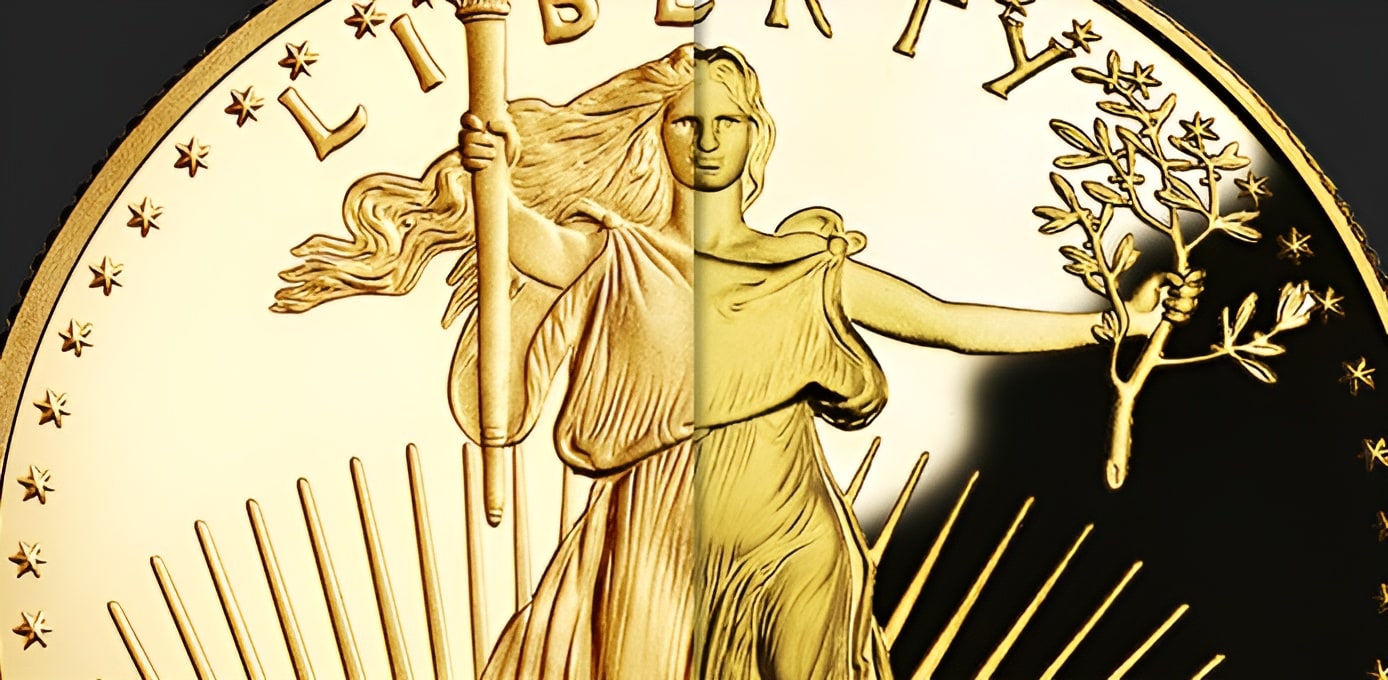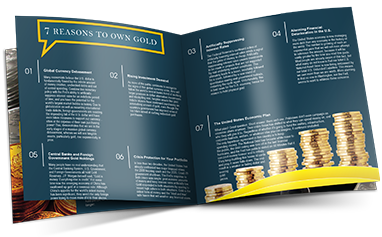
Uncirculated | Proof | |
| Striking | Hand loaded and struck on specialty blanks. But the production is otherwise much like that used for circulating coins. | Double struck by U.S. Mint, creating high luster and mirror-like shine. |
| Handling | These are not hand polished and don’t go through the same inspection process. May have noticeable blemishes, such as bag arks. | Hand polished and inspected to ensure pristine condition. |
| Appearance | Produced with a brilliant finish, but will not appear as vibrant as a proof coin. | High gloss with excellent contrast. Detail is very well represented. |
| Packaging | Protective packaging is included along with an official Certificate of Authenticity. | Shipped in protective, commemorative packaging with official Certificate of Authenticity. |
| Rarity | Produced in higher numbers than proof coins, making them easier to find and more affordable, in most cases. | Produced in much smaller numbers than non-proof uncirculated coins, making proof coins more rare. |
If you’re a bit confused about the difference between proof and uncirculated coins, you’re not alone. Both are sold in protective packaging with great luster, a certificate of authenticity and hit the market in mint condition because they’ve never been introduced to into general currency. However, there are distinct and noticeable differences that collectors should be able to distinguish.
In this article, we’ll go a little deeper into some of the key aspects that set proof and uncirculated coins apart and look at the reasons for their production. Whether you are new to collecting or simply looking for a refresher, this will help you make a more informed buying decision.
How Are Proof Coins Produced?
The U.S. Treasury defines proof coins as “the finest quality of coins” produced by the United States Mint. These coins are meticulously produced in small numbers and handled to a specific set of guidelines.
The proof blank (a blank coin that hasn’t been struck) is actually hand-polished before being fed into specialized presses fitted with polished dies. This production process makes proof coinage particularly distinguishable for a number of reasons:
- Proof coins are stuck twice to provide exceptional contrast and detail
- Multiple strikes provide a stunning shimmer and highlight the intricate coin design
- Proof coins are placed in protective packaging to keep the coinage in flawless condition
- Packaged and sold with an official U.S. Mint Certificate of Authenticity
Due to the labor-intensive process, strict production guidelines and hand polishing, proof coins are more rare than other uncirculated coins and represent a smaller fraction of uncirculated coin production.
Uncirculated Coin Production
Uncirculated coins are hand-fed into a coining press, but the blanks are not hand polished, unlike proof coins. Uncirculated coins will have a brilliant, detailed finish. However, you will not find the same type of high-polished mirror-like glow.
- Produced much like the coins we use everyday, but with a few adjustments in production that result in a more brilliant finish
- These coins will also include an official U.S. Mint Certificate of Authenticity
- Uncirculated coins are also sold in protective packaging, but may show blemishes or imperfections
Why Some Collectors Prefer Proof Coins
The craftsmanship and attention to detail is something that many collectors admire about proof coins.
- Presentation: Because proof coins are struck twice, hand polished and inspected by hand, the appearance is second to none.
- Rarity: Proof coins are less common than general uncirculated coins, making them highly collectable.
- Value: Proof coins are typically considered more valuable (but this is not always the case).
- Condition: Proof coins are shipped in exceptional condition and are usually free from any visual blemishes.

Everything you need to know to get started in Precious Metals
Learn how precious metals can strengthen your portfolio, protect your assets and leverage inflation.
Request the Free GuideWhat Are the Advantages of Collecting or Investing in Uncirculated Coins?
Uncirculated coins are sometimes favored by both investors and collectors alike. Let’s take a look at why these coins may appeal to both subgroups.
- Cost: Because the cost is typically lower, investors are drawn to uncirculated gold and silver coins due to their affordability. Some investors are more concerned with the raw materials than the coin itself. Collectors can find great looking coins in protective, commemorative packaging at a reasonable price point.
- Appearance: Uncirculated coins are visually striking, but may show more blemishes than proof coins.
What Are the Similarities of Proof and Uncirculated Coins?
Technically, both types of coins are uncirculated and do not enter general currency. The primary difference is in the production and physical appearance of the coinage.
Why Are Proof Coins Produced by the U.S. Mint?
Historically, proof coins were produced as a sort of test run to make sure the dies and presses were functioning properly. In fact, the earliest coins produced by the U.S. Mint never went into circulation. These were struck in 1793 and are believed to be made from silverware provided by George and Martha Washington.
The director of the U.S. Mint would inspect and approve or disapprove proof coins before they were struck in high numbers and put into circulation.
Proof coins were also made to be archived and preserved by the government. As these coins became more sought after by collectors, the United States Mint began producing proof coins in larger numbers to sell into the collection market.
Today, both proof and non-proof uncirculated coins are produced by the U.S. Mint, sold and resold by collectors and investors. Most countries also produce proof coins, so collectors can find rare uncirculated coinage from all over the world.
Which Type of Coin Should You Purchase?
In today’s market, more collectors and investors are leaning toward proof coins over uncirculated coins. A primary reason for this is the investment potential for proof. For instance, in 2009, American Eagle proof coins were trading at three-times the spot price of gold. Today, American Eagle proofs are around 1.3 times the gold spot price, but the potential for them to once again trade at three-times the rate of spot, or even higher, is likely.
Collectors and investors also appreciate the long-term growth potential of proof coins. It’s considered a low-risk investment with excellent potential to increase in value. Because proof coins are more rare and produced in smaller numbers with a higher level of quality control, you can expect these coins to hold and increase in value.
No matter what type of coin you decide to purchase, there are a few things to keep in mind.
- Luster: Is the coin appealing to you? There is actually no way to return a coin’s original shininess, so what you see is what you get. Make sure you like the coin as-is.
- Damage or Flaws: Is the coin damaged or otherwise flawed? With non-proof uncirculated coins, you may want to avoid purchasing the coin. However, when it comes to proof coins, a mistake made through the minting process could actually make a coin more valuable. It’s so rare that flawed proof coins make it through inspection and onto the market, off center strikes, overdates and multiple-struck proof coins could fetch a higher price.
- Wear: Older proof and uncirculated coins will show signs of wear if they aren’t correctly handled. Inspect coins closely to ensure your purchase is as pristine as possible.
Whether you choose proof coins or non-proof uncirculated coins, there are plenty of great options out there for the casual or serious coin collector and investor. However, if you want to choose coins with a higher likelihood of increasing in value, proof coins are often the safer bet.
